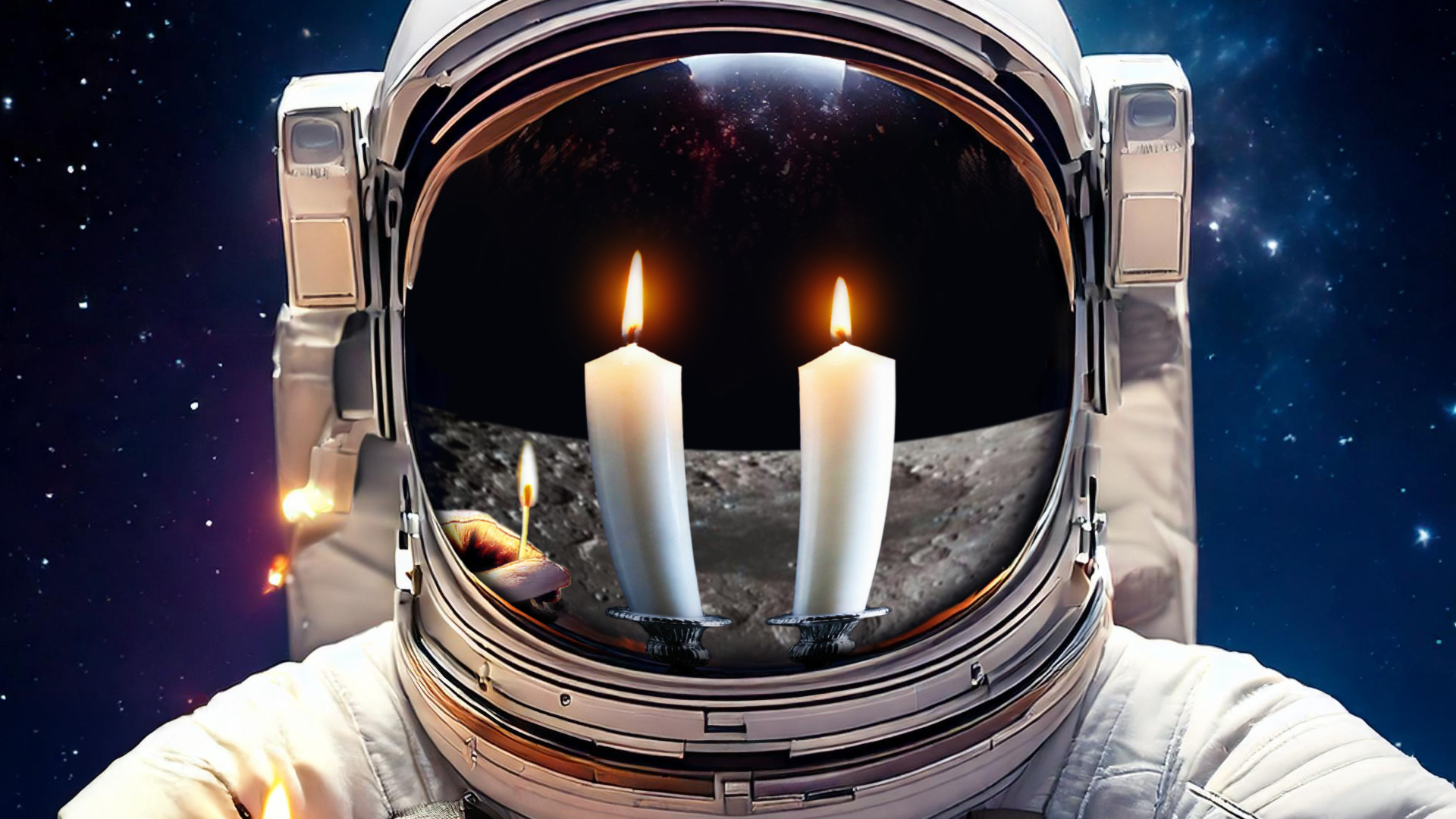Vortex Rocket Engine for Private Dream Chaser Space Plane Passes Big Test
A new video shows a spectacular ribbon of flame emanating from a Sierra Nevada Corp. engine during a test for future cargo launches. Multiple views of the test show the flame, which lasted for a few moments, spewing orange and yellow in a small warehouse facility in Wisconsin.
SNC's upper-stage Vortex engine will be used on board the Dream Chaser spacecraft, which is expected to launch from a ULA Atlas V rocket and run cargo missions to the International Space Station as early as 2021. This same engine could be used on other missions for clients such as NASA, the U.S. Air Force or commercial launch companies, SNC said in a statement.
"We're excited that SNC's unique technology makes rocket engines both more powerful and more affordable," Fatih Ozmen, CEO and owner of SNC, said in a company statement. "And we are proud that through creative partnerships, our operations in Wisconsin are bringing about jobs [and] space technology without impact to the land."
Related: In Pictures: Sierra Nevada's Dream Chaser Aces Glide Test Flight
SNC has partnered with the Ho-Chunk Nation of Wisconsin to lease land for the company's projects. The nation recently received 1,500 acres at the site of the (now closed) Badger Army Ammunition Plant near Baraboo; as part of the lease agreement, SNC is conducting environmental cleanup work and providing educational and employment opportunities to the area.
This land belonged to be the Ho-Chunk Nation until the early 1940s, according to a 2014 article from the Wisconsin Street Journal. About 100 homeowners were relocated to build the ammunition plant, which shuttered in 1975.
The new land transfer deal, which was completed in 2014, took 16 years to accomplish. Other, larger portions of the former Department of Defense facility's land were allocated to the state's natural resources department and to the U.S. agriculture department's Forage Research Center.
Breaking space news, the latest updates on rocket launches, skywatching events and more!
The Vortex engine is a collaboration between SNC and the U. S. Air Force and is designed to use green fuels that can ignite at a high altitude, according to SNC. Since the engine is built with low-cost and lightweight materials, the company says Vortex may save tens of millions of dollars for each launch.
That hasn't been proved yet, as Vortex is an unflown engine type. The recent engine test is just one milestone for SNC to pass before that changes.
- Gallery: Meet Dream Chaser, a Private Space Plane
- In Pictures: Sierra Nevada's Dream Chaser Aces Glide Test Flight
- Sierra Nevada Unveils Cargo Version of Private Dream Chaser Space Plane
Follow Elizabeth Howell on Twitter @howellspace. Follow us on Twitter @Spacedotcom and on Facebook.

Elizabeth Howell (she/her), Ph.D., was a staff writer in the spaceflight channel between 2022 and 2024 specializing in Canadian space news. She was contributing writer for Space.com for 10 years from 2012 to 2024. Elizabeth's reporting includes multiple exclusives with the White House, leading world coverage about a lost-and-found space tomato on the International Space Station, witnessing five human spaceflight launches on two continents, flying parabolic, working inside a spacesuit, and participating in a simulated Mars mission. Her latest book, "Why Am I Taller?" (ECW Press, 2022) is co-written with astronaut Dave Williams.

